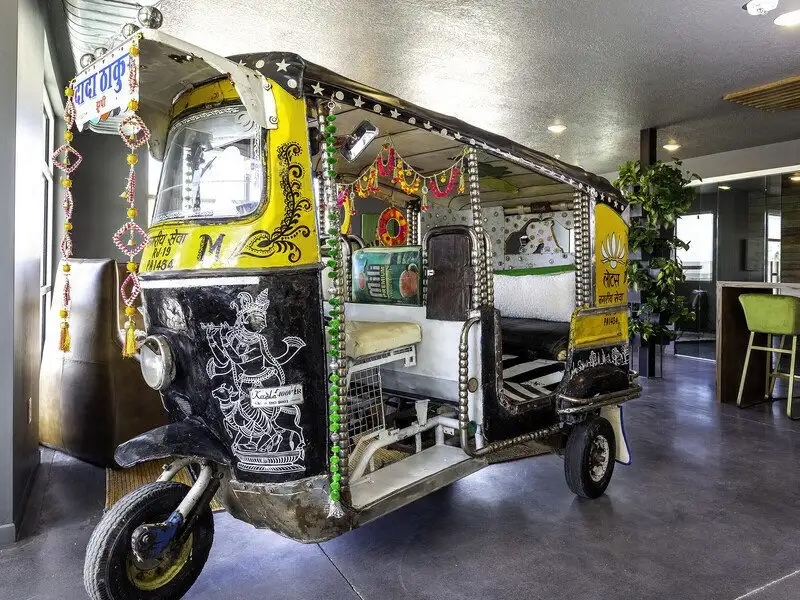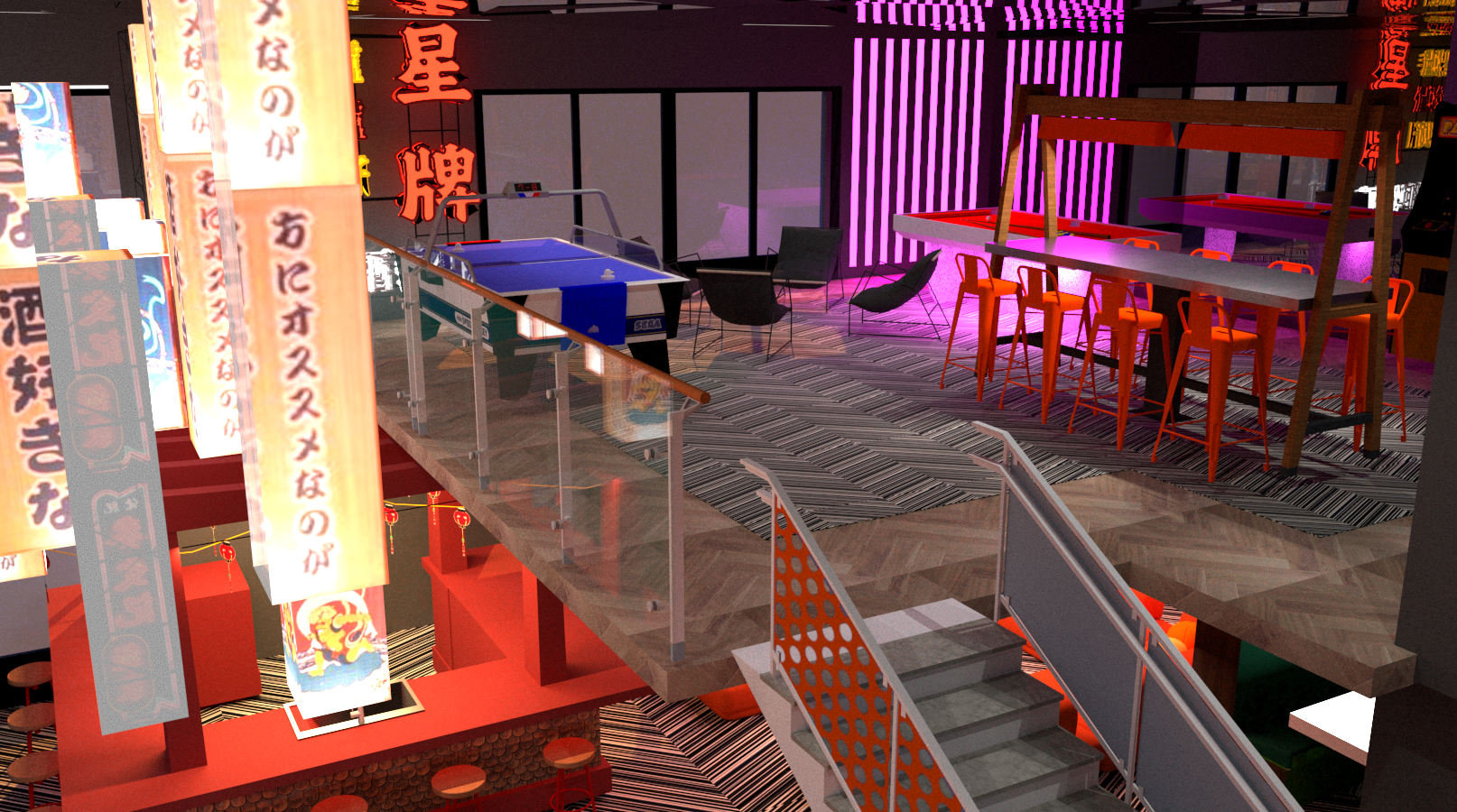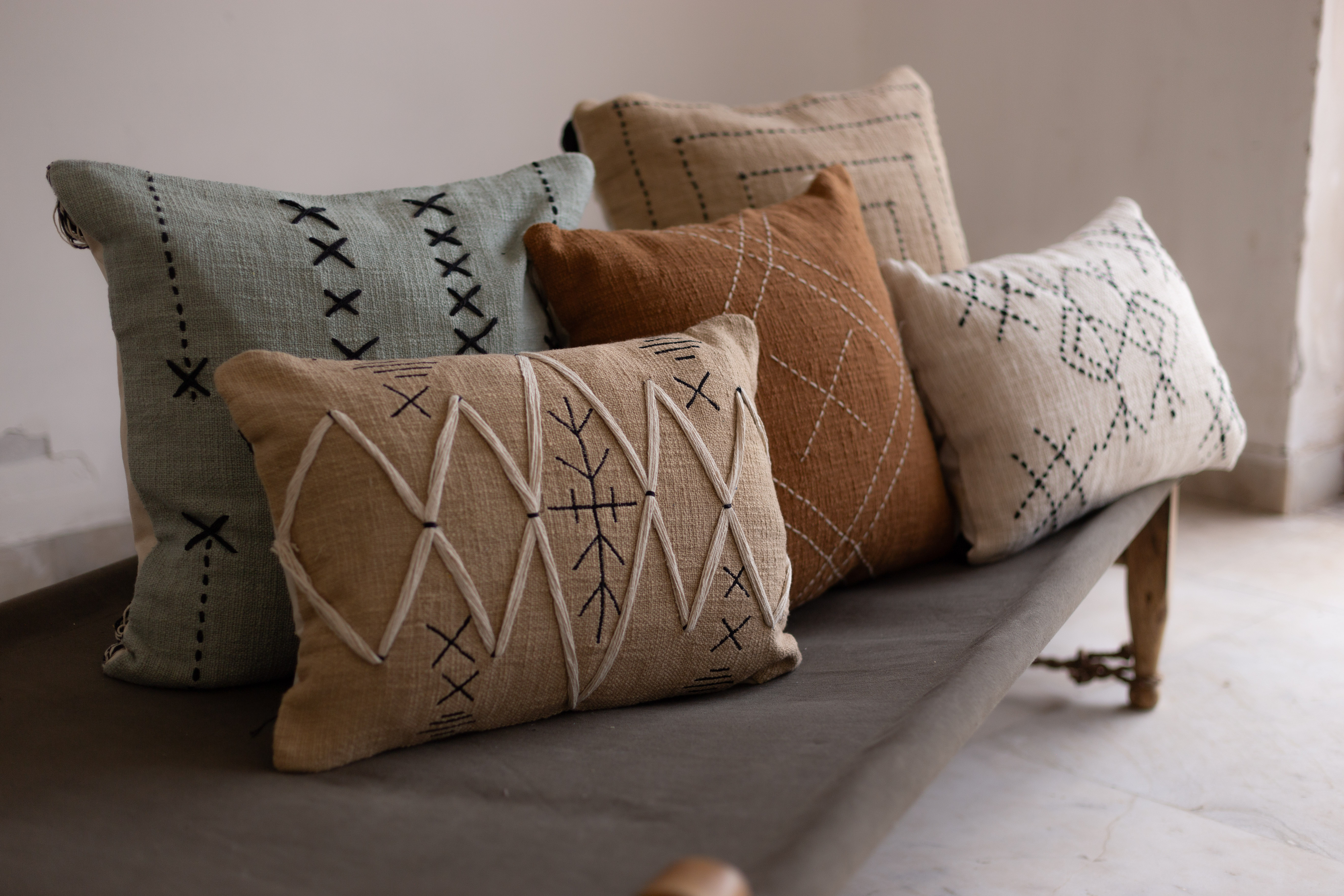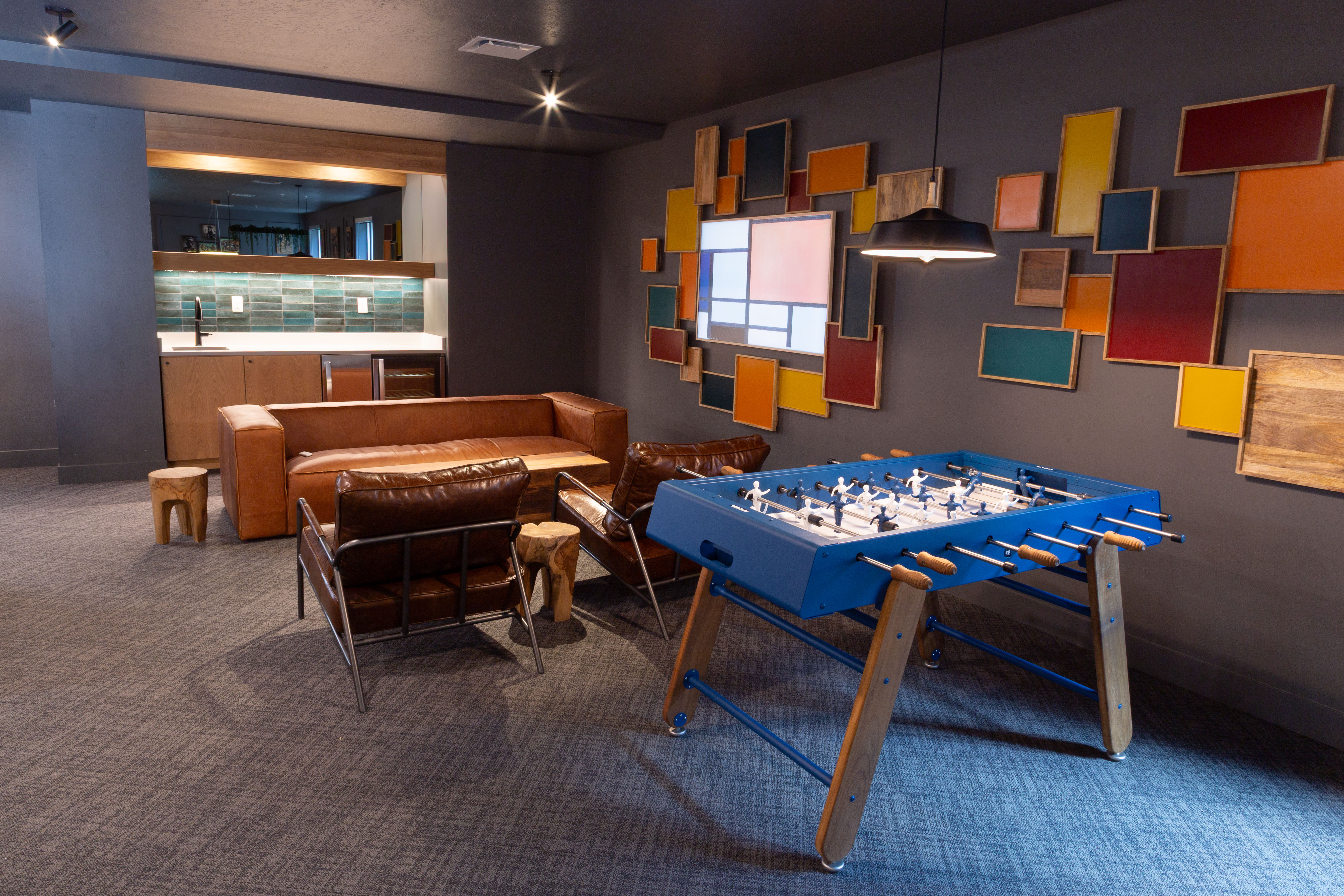Antiques and vintage items layer depth, authenticity, and a sense of intrigue that new products alone can’t achieve. Its the fairy dust of design.
How to use Antiques and Vintage in Commercial Spaces
The undisputed heavyweight of giving a space depth is adding vintage. At MVA, we're obsessed with adding more unexpected layers that give a space a point of view. One of the most effective ways we’ve found is by incorporating antiques and vintage pieces into commercial interiors. These elements can shift a project from polished and functional to layered and memorable. Sprinkling in some vintage elevates a space from feeling 'speced' to feeling 'crafted'
Why Vintage Matters
Authenticity
There’s something about a piece that has lived another life. The patina on a 70-year-old table, the worn edges of a vintage leather chair, or the handwoven texture of an antique rug, all of these bring a sense of authenticity that new products can’t replicate. Clients and visitors notice it instantly, even if they can’t articulate why.
Sustainability
Designing with antiques is one of the most sustainable choices we can make. Instead of buying new, we extend the lifecycle of existing objects. High-quality craftsmanship stands the test of time, and reusing furniture keeps materials out of landfills while reducing demand for new production.
Character and Storytelling
A single vintage piece can anchor a space and spark conversation. Whether it’s a quirky lamp, a mid-century credenza, or an antique statue, these elements create identity and make a space feel collected rather than staged.
How We Make It Work
1. Logistics: planning for real-world use
Antiques and vintage furnishings weren’t built with today’s commercial traffic in mind. We plan for refinishing, reupholstery, or reinforcement as part of the process. The logistics matter, if a piece can’t hold up to daily wear, it won’t serve its purpose. Treating these items as functional assets, not just decorative touches, makes them last.
2. Aesthetics: layering old and new
Vintage works best in contrast. Pair a clean-lined sofa with an antique rug. Place a worn wood table against sleek glass walls. The balance between contemporary architecture and timeworn elements keeps spaces fresh while avoiding a “museum” feel. We see it as curation rather than decoration.
3. Longevity: designing for the long term
Unlike most new furniture that depreciates the moment it’s installed, well-chosen vintage can hold or even increase its value. More importantly, the timelessness of these pieces means they adapt as brands evolve. A good antique will always find its place in a future layout.
Looking Ahead
Commercial design isn’t just about efficiency and aesthetics anymore. It’s about experience, memory, and meaning. Antiques and vintage pieces offer all three. They ground spaces in history while allowing them to feel current and alive. Do they cause problems during the ideation phase? Yes. Is it getting hard to find the great stuff? Also yes, but if you leave space in the process for vintage you'll allow for these layers to come to life.
At MVA, we’ll keep turning to vintage not just for style, but for the stories and resilience these pieces bring. Because at the end of the day, the best spaces feel lived-in, layered, and real. Vintage helps to make that happen.




